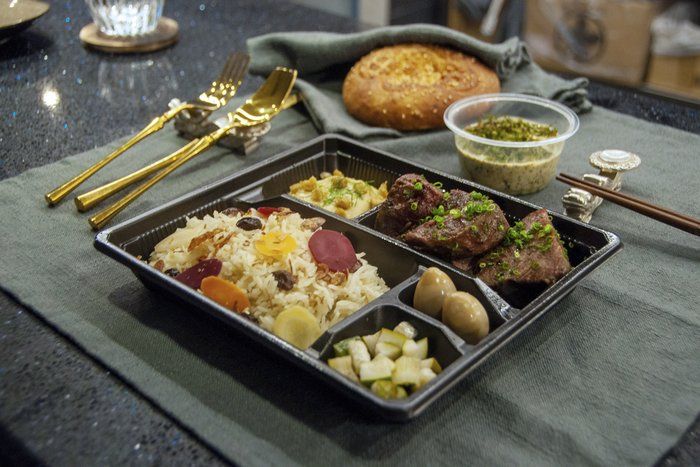As Singapore tightens measures on safe distancing during this circuit breaker, F&B outlets are only limited to doing takeaway orders. Either through pre order and self pick up, delivery, or ordering a takeaway at the shops itself.
Many F&B business owners are using their social media channels to reach out to customers, announcing they will still be open for business. Customers can place orders at the shop, pre order through calling or sending a message, or use apps like Grab, Food Panda, etc for delivery options.
Either way, by developing the takeaway channels your F&B outlets provide, your business will benefit even after Covid19 is over. As convenience is increasingly important in our everyday lives.
Let's take a look at the pros and cons of self pick up and delivery
Pre order and self pick up
Pre order and self pick up is a popular channel of taking away food, where customers place an order with you, then self collects his/her orders at your outlet.
Pros: You do not need to worry about extra commission charges from food delivery apps or online payment. Customers can pay upon collection.
The quality of food can be better controlled, as there is no delivery needed. Delivery is part of the process where you cannot control the quality of food received by your customers.
Social media channels which you might run, can be used to promote pre order and self collection. This helps you reach out to more customers.
Cons: Lose out on the portion of customers who prefer to have their food delivered to them, instead of heading to the shop to self collect.
Delivery
Delivery is an option of taking away food that is constantly increasing in popularity among customers. This is due to the convenience of simply ordering food on an app e.g. Grabfood, Foodpanda, etc, and getting it delivered within half an hour.
Pros: You can reach more customers nearby. Gaining brand awareness and customers.
Cons: You might have to pay quite a high commission per order if they are using apps like Grab Food and FoodPanda etc. This might affect the profitability of your business.
Of course you can set up your own delivery team. However, this might be costly and hard to manage as well.
You are also unable to control the quality of food being delivered to their customers. Food may get damaged in the process of delivery.
To deliver or to pre order?
As for which methods are the best take away channels to focus on, it really has to depend on who your usual customers are. For example, would they prefer ordering delivery food from home? Or, do they take away food on the way home or to work?
In the second case, a pre order option would be the best, as they can pre order and collect at your outlet, cutting out the waiting time.
Make your pre order process easier
Are you using phone calls and messaging to take customers orders? We understand the difficulty in managing pre orders.
iMakan is offering iMakan LIGHT for free. iMakan LIGHT
is a pre order solution which digitalises your menu. It allows customers to order online, helps you to manage orders in a systematic way with any internet enabled device. New menu items or promotions are updated instantly as well.
Interested? Register through this link: https://www.imakan.com.sg/savefnbsg












